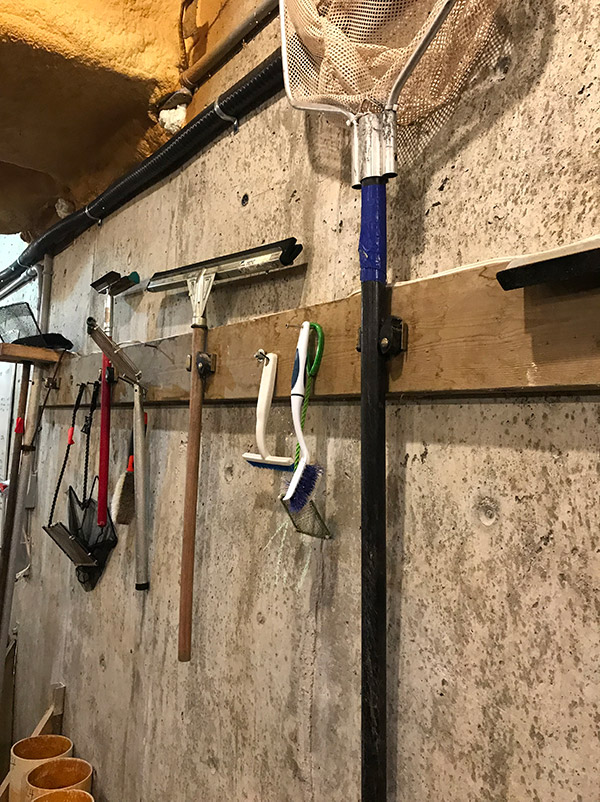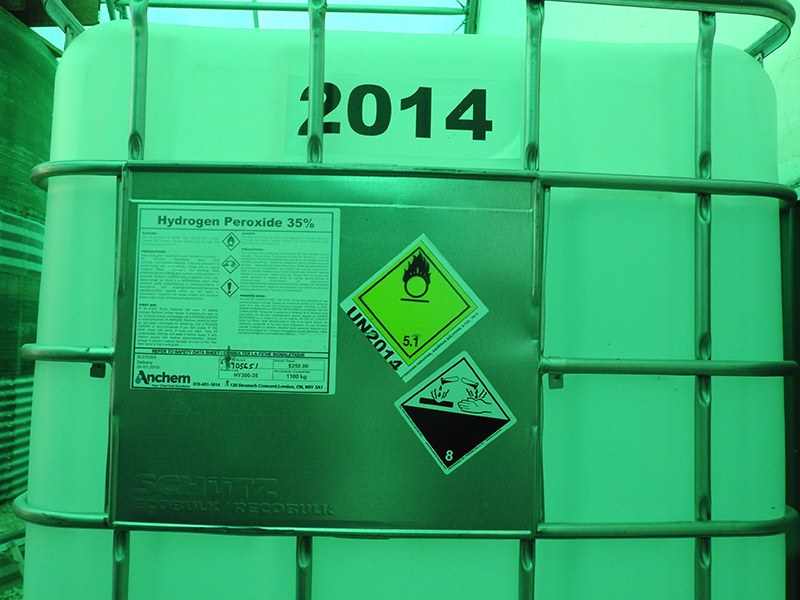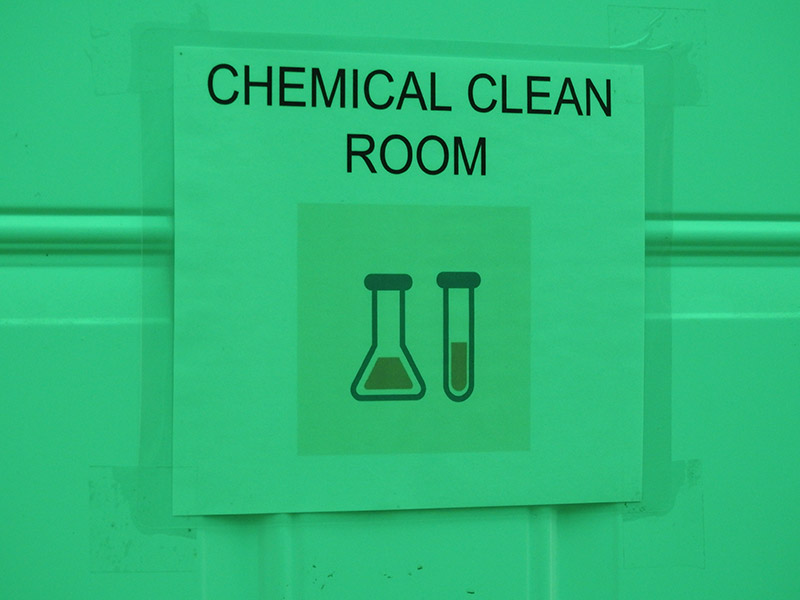Section 2 | Fish Health Management
Industry
Page 12 /
Cleaning and Disinfection
One, who maintains cleanliness keeps away disease
Sama Veda

Source: ACER Consulting Ltd.
A big focus of the fish health management plan at Cedar Crest is keeping things clean on the farm.
Arlen and RJ have standard operating procedures (SOPs) for cleaning tanks and equipment on a routine basis. They pointed out that when they clean tanks, they use this opportunity not only as a way to remove harmful waste from the fish’s environment, they also keep an eye out for sickness behaviour and other signs of disease.

Source: ACER Consulting Ltd.

Source: ACER Consulting Ltd.
Having effective disinfectants on the farm is vital to maintaining biosecurity and animal health on the farm. Vehicles, equipment, tanks and pens, clothing and footwear, and hands should all be frequently cleaned and disinfectant.
Not only this, but the farm should have protocols in place that clearly outline things like:
- What needs to be disinfected?
- When should these items be disinfected?
- Trucks should be disinfected off-site prior to coming back on to the farm
- Where should these items be disinfected?
- What solutions should be used, and at what concentrations?
- How should these solutions be handled?
- Who is responsible for disinfecting?
Reading the labels and material safety data sheets (MSDS) sheets thoroughly, as well as consulting with farm advisors (e.g. veterinarians) will maximize the effectiveness of your SOPs.